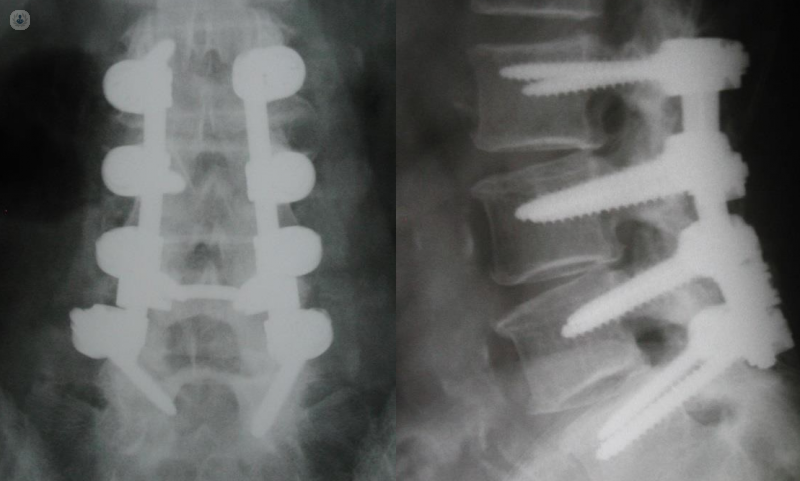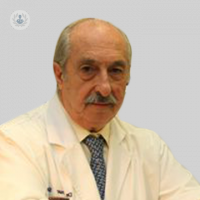What is the treatment for spinal stenosis?
Written by: The treatment of spinal stenosis in its early stages and when it is not yet fully developed is almost always conservative. The specialist Traumatology mark a fundamentally symptomatic medical regimen based anti-inflammatories, muscle relaxants and painkillers combined with appropriate rehabilitation and a number of important measures.
The treatment of spinal stenosis in its early stages and when it is not yet fully developed is almost always conservative. The specialist Traumatology mark a fundamentally symptomatic medical regimen based anti-inflammatories, muscle relaxants and painkillers combined with appropriate rehabilitation and a number of important measures.
Some of these measures are, for example, wear an orthopedic belt, reduce body weight and especially treat a vertebral osteoporosis almost always coexists with degenerative osteoarthritis. This last factor is very important because osteoporosis causes deviations of the column will increase and, of course, that the pain is multiplied by two.
As adjunctive therapy in some cases can be used radiofrequency (rhizotomy) at small joints to remove only the pain. This treatment is also used when conservative measures are not sufficient to eliminate the pain and when symptoms resulting from stenosis begin to appear.
Some of these symptoms are sciatica, loss of strength in both upper and lower members, loss of sensation, cramps and tingling, difficulty walking and sometimes impossible to bend or crouch. They always appear when the patient is active, ie when it is in standing, sitting or walking. When the patient lies in bed, symptoms improved significantly and this means that this person requires surgical treatment.
What is the surgical treatment of spinal stenosis?
Surgical treatment consists primarily of performing an operation to decompress the spinal cord and the nerves coming out of it. This decompression is performed by eliminating all those elements that press on nerves, carrying out a recalibration of the medullary canal.
Such operations are very delicate but very effective, and often performed by microsurgical technique, using the surgical microscope.
Then we proceed to re-stabilize the spine through instruments such as the vertebral fixers. These prostheses are screws, which are fixed to the vertebrae and are joined together with titanium rods to maintain a rigid structure that prevents the vertebrae can dislocate.
To this, add a number of bone grafts are taken from the bed itself and of the spinal posterior iliac crest. These are placed over the treated vertebrae own and once consolidated, cause deformities and corrected strictures not return back anymore. Thus it is achieved a final result and that is for the whole patient's life.


